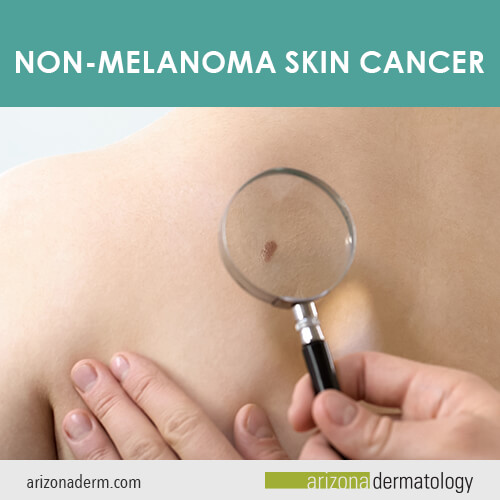 You got the call about your biopsy and it turns out you have a basal cell carcinoma (BCC) or a squamous cell carcinoma (SCC). What can you expect from here on out?
You got the call about your biopsy and it turns out you have a basal cell carcinoma (BCC) or a squamous cell carcinoma (SCC). What can you expect from here on out?
First of all, you’ll have to come in for treatment. While these types of skin cancer are not as dangerous as deadly melanoma, they do need to be removed. Typically, BCCs and SCCs are found early and can be treated with an outpatient procedure called Mohs micrographic surgery.
Mohs micrographic surgery
Mohs is a very precise type of surgery that aims to remove all cancerous cells while preserving as much healthy tissue as possible. During this in-office procedure, your surgeon will remove thin layers of tissue and study them under a microscope until he or she can verify that the sample is cancer-free. This can be a time-intensive procedure, but it greatly increases your chances of a cure and reduces the need for follow-up treatment. The best part about Mohs surgery is that you get your pathology results before you even leave the doctor’s office!
Local Excision of skin cancer
Depending on your individual case, your doctor may recommend a wide local excision instead of Mohs surgery. The treatment area is marked and numbed, and a scalpel is used to remove the skin cancer lesion and a margin of normal tissue. The sample is sent to the lab and you can expect a pathology report within the next couple of weeks.
Non-surgical treatments for non-melanoma skin cancer
In special cases, your doctor may recommend a non-surgical treatment for a squamous cell carcinoma or a basal cell carcinoma. These treatments include topical chemotherapy or immunotherapy creams, radiation therapy, laser treatment, or curettage and electrodessication. Our board certified dermatologists deal with skin cancer every day and can answer all your questions about your individual case and the recommended treatment options.
What happens after skin cancer is removed?
If your skin cancer lesion was surgically removed and sutures were placed, you’ll need to come back to have them removed. After your treatment, you’ll come in for a follow-up exam three months later to check the site. Once you’ve been diagnosed with one skin cancer, your risk of developing another is increased, so your doctor will want you to come in more often for skin checks. People with squamous cell cancers should get checked every three to six months for the first few years, and people with basal cell cancers should get checked every six to twelve months. You should also get in the habit of doing monthly self skin exams at home.
Skin cancer recurrence prevention
Once you’ve had skin cancer, it is more important than ever to protect yourself from sun exposure. Use a daily sunscreen of SPF 30 or higher, wear UV-protective clothing, and stay out of the sun, especially during peak hours. Taking these steps is proven to reduce the risk of skin cancer recurrence.


